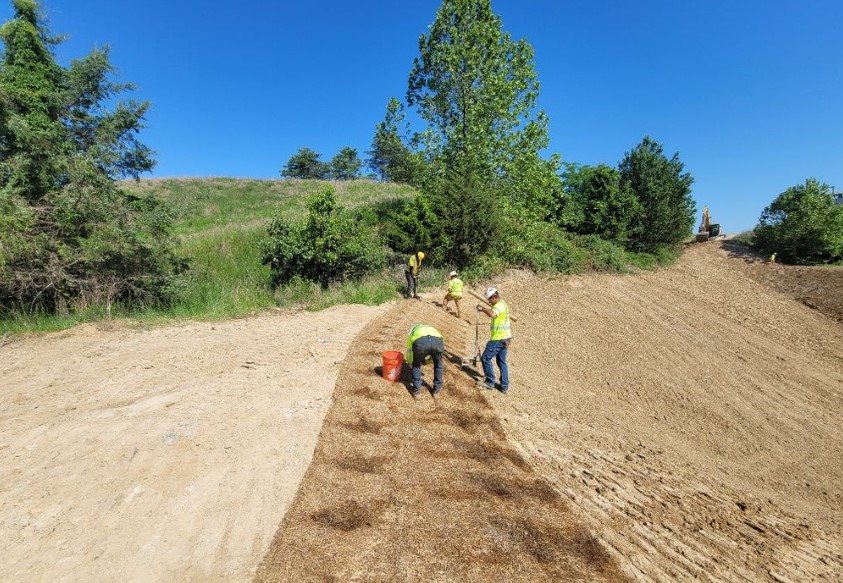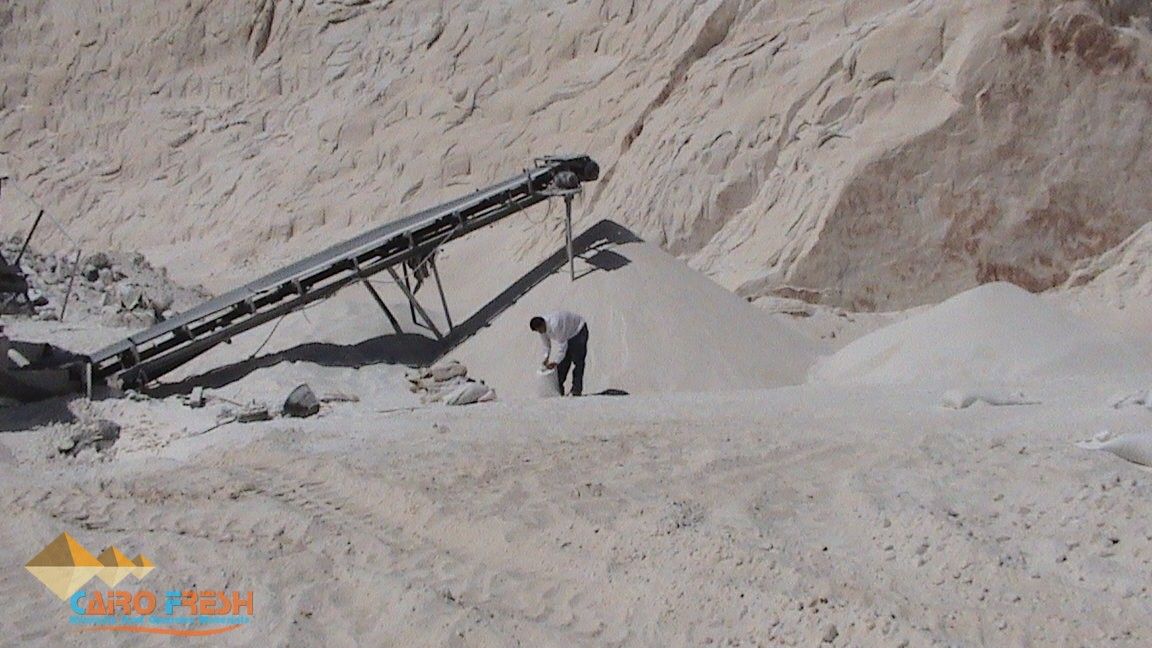Introduction
Erosion, a natural process driven by wind, water, and other environmental factors, poses significant challenges to landscapes, infrastructure, and ecosystems. Addressing erosion is paramount to preserving soil quality, preventing sedimentation in water bodies, and safeguarding against the loss of valuable land. In this comprehensive guide, we explore the pivotal role that silica sand plays in erosion control, highlighting its unique characteristics and applications in combatting the detrimental effects of erosion.
Understanding Erosion and Its Impacts
Erosion is the gradual wearing away of soil and rock surfaces, primarily caused by natural elements such as rainfall, wind, and water currents. While erosion is a natural geological process, human activities, deforestation, construction, and climate change can exacerbate its effects, leading to soil degradation, loss of arable land, and compromised water quality in rivers and lakes.
Impacts of Uncontrolled Erosion:
Soil Degradation:
Erosion strips away the topsoil, which is rich in essential nutrients and organic matter. This degradation adversely affects soil fertility and agricultural productivity.
Sedimentation in Water Bodies:
Eroded soil particles, carried by runoff, can deposit in rivers, lakes, and reservoirs, leading to sedimentation. This process can impair water quality, disrupt aquatic ecosystems, and impact water treatment facilities.
Loss of Land and Infrastructure:
Uncontrolled erosion can result in the loss of valuable land and damage to infrastructure such as roads, bridges, and buildings. This poses economic challenges and necessitates costly repairs.
Impact on Biodiversity:
Erosion can alter natural habitats and negatively impact plant and animal species, leading to a decline in biodiversity. This can have cascading effects on ecosystems and ecological balance.
Silica Sand: Nature’s Erosion Control Ally
Exceptional Stability and Durability:
Silica sand, composed primarily of quartz, boasts exceptional stability and durability. Its resistance to weathering and physical breakdown makes it an ideal material for combatting erosion, providing long-lasting protection to vulnerable surfaces.
Granular Structure for Effective Filtration:
The granular structure of silica sand is a key asset in erosion control. When strategically placed, it acts as a natural filter, allowing water to pass through while trapping sediment and preventing soil displacement.
Versatility in Erosion Control Applications:
Silica sand finds diverse applications in erosion control strategies. It can be used in the construction of check dams, silt fences, and sediment retention basins, acting as a barrier against runoff and reducing the velocity of water flow.
Stabilization of Slopes and Embankments:
Silica sand, when employed in stabilizing slopes and embankments, provides a protective layer that minimizes soil erosion. Its ability to anchor soil particles and resist displacement contributes to the overall stability of vulnerable surfaces.
Silica Sand in Erosion Control Applications
Check Dams and Sediment Retention:
Check dams are structures designed to slow down water flow and capture sediment. Silica sand, when strategically placed in and around check dams, enhances their efficiency by providing a natural filtration medium that prevents sediment from progressing downstream.
Silt Fences and Sediment Barriers:
Silt fences and sediment barriers are crucial in preventing soil migration during construction activities. Silica sand can be integrated into these barriers to enhance their effectiveness, acting as a supplementary layer that filters sediment-laden runoff.
Vegetative Stabilization with Silica Sand:
Silica sand can be combined with vegetation in erosion control efforts. When used in revegetation projects, it aids in stabilizing soil, providing a supportive environment for plant growth while mitigating the impact of erosive forces.
Beach Erosion Prevention:
Coastal erosion is a significant concern, threatening shorelines and ecosystems. Silica sand, with its resistance to wave action and natural stabilization properties, is often used in beach nourishment projects to combat erosion and restore eroded shorelines.
Stormwater Management:
Silica sand plays a role in stormwater management systems. When incorporated into stormwater control measures, such as bio-retention basins and swales, it assists in the effective filtration of runoff, preventing sediment from entering water bodies.
Benefits of Using Silica Sand in Erosion Control
Natural and Environmentally Friendly:
Silica sand is a natural, environmentally friendly solution for erosion control. Its inert composition poses no harm to ecosystems, and its abundance makes it a sustainable choice for erosion management projects.
Cost-Effective Solution:
Implementing silica sand in erosion control measures is often a cost-effective solution. Its availability and ease of use contribute to lower project costs compared to some traditional erosion control methods.
Adaptability to Various Conditions:
Silica sand’s adaptability to diverse conditions makes it suitable for a wide range of erosion control applications. Whether used in arid landscapes, coastal environments, or construction sites, silica sand remains effective in stabilizing surfaces.
Reduction of Sediment Runoff:
Silica sand’s granular structure significantly reduces sediment runoff. By acting as a barrier and filtration medium, it prevents soil particles from being transported by water, preserving soil quality and water resources.
Challenges and Considerations in Erosion Control with Silica Sand
The use of silica sand in erosion control is not without considerations and challenges:
Proper Installation and Maintenance:
Silica sand erosion control measures require proper installation and regular maintenance. Ensuring that the sand is correctly placed and adequately maintained is crucial for long-term effectiveness.
Environmental Impact:
While silica sand is a natural material, the extraction and transportation processes can have environmental implications. Sustainable sourcing and responsible mining practices are essential to minimize these impacts.
Conclusion
Silica sand emerges as a powerful ally in the battle against erosion, offering a natural and effective solution to preserve landscapes, protect infrastructure, and maintain ecological balance. Its stability, durability, and versatility make it a valuable component in erosion control strategies, ranging from coastal protection to construction site management.
As technology and sustainable practices advance, ongoing research and innovation aim to optimize the benefits of silica sand in erosion control while minimizing its environmental footprint. The collaborative efforts of environmentalists, engineers, and policymakers are instrumental in ensuring that silica sand continues to play a vital role in mitigating the impact of erosion, securing the integrity of our land, and fostering a sustainable coexistence with nature.







